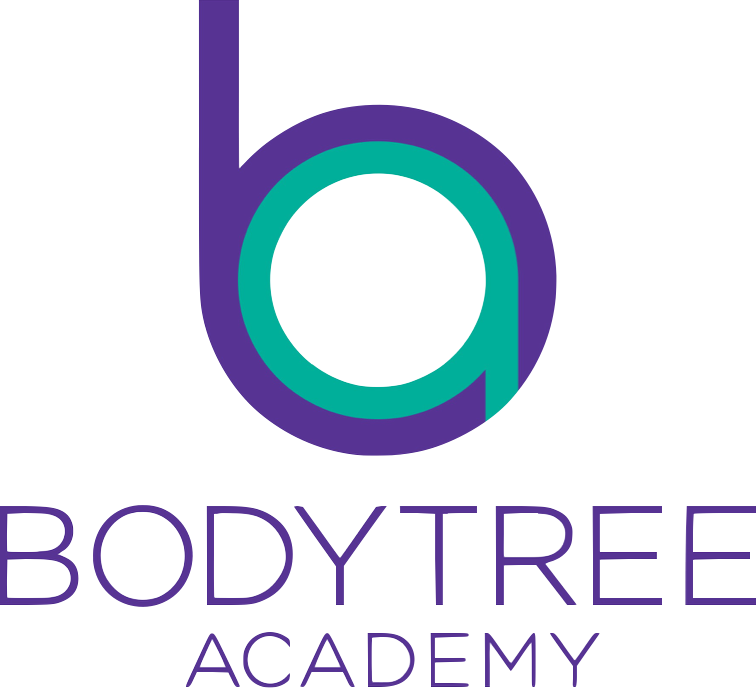Why It Is Important to Train the Gluteus Medius Muscle During Pilates Training?
 During Pilates Training, we have our favorite movements and to be honest, training the gluteus medius was not my priority until I understood more about the function and importance of this muscle.In the human body there are three gluteal muscles that form the buttocks. They are the gluteus maximus, gluteus medius and gluteus minimus as shown in the diagram on the right.In this blog, I’d like to focus on the gluteus medius – a muscle that is not as well known or visible as the gluteus maximus. Yet it is important to train this muscle during Pilates training.In the article “Gluteus Medius: Weak Buttocks Ruin the Runner” by Sean Fyfe – he says, gluteus medius weakness is the main culprit in many overuse injuries.
During Pilates Training, we have our favorite movements and to be honest, training the gluteus medius was not my priority until I understood more about the function and importance of this muscle.In the human body there are three gluteal muscles that form the buttocks. They are the gluteus maximus, gluteus medius and gluteus minimus as shown in the diagram on the right.In this blog, I’d like to focus on the gluteus medius – a muscle that is not as well known or visible as the gluteus maximus. Yet it is important to train this muscle during Pilates training.In the article “Gluteus Medius: Weak Buttocks Ruin the Runner” by Sean Fyfe – he says, gluteus medius weakness is the main culprit in many overuse injuries. So what is the function of the gluteus medius?The gluteus medius muscle originates from the crest of the pelvis and inserts into the thigh bone.When the leg is straight, the gluteus medius muscle abducts the thigh i.e. pulls the thigh away from the midline. During walking, it functions to support the body on one leg, to prevent the pelvis from dropping to the opposite side. Additionally, when the hip is flexed the gluteus medius internally rotate the thigh. With the hip extended, the gluteus medius externally rotate the thigh. When the gluteus medius does not function well, there are implications down to the lower limbs as highlighted in the article.During walking or running, the following adaptations may occur:
So what is the function of the gluteus medius?The gluteus medius muscle originates from the crest of the pelvis and inserts into the thigh bone.When the leg is straight, the gluteus medius muscle abducts the thigh i.e. pulls the thigh away from the midline. During walking, it functions to support the body on one leg, to prevent the pelvis from dropping to the opposite side. Additionally, when the hip is flexed the gluteus medius internally rotate the thigh. With the hip extended, the gluteus medius externally rotate the thigh. When the gluteus medius does not function well, there are implications down to the lower limbs as highlighted in the article.During walking or running, the following adaptations may occur:
- The thigh adducts (pulls to the midline) and internally rotates excessively
- The knee falls into a valgus position (knock knee position)
- The tibia (lower leg bone) internally rotates relative to the foot
- An increase in weight transfer to the medial (inner) aspect of the foot
As a consequence a person who does many hours of running may develop problems due to overpronation such as shin splints or Achilles tendinitis:
 A person with weak gluteus medius may exhibit the Trendenlenburg sign during walking:The pelvis will drop on the opposte side. If this situation is not addressed, there will be risks of structural overload to the lumbar spine, sacroiliac joint , hip and knee – and may cause excessive wear and tear at these joints.In Pilates Training, there are a number of movements that target the gluteus medius – e.g. side lying leg lifts, skater on the reformer.Written by LayYong
A person with weak gluteus medius may exhibit the Trendenlenburg sign during walking:The pelvis will drop on the opposte side. If this situation is not addressed, there will be risks of structural overload to the lumbar spine, sacroiliac joint , hip and knee – and may cause excessive wear and tear at these joints.In Pilates Training, there are a number of movements that target the gluteus medius – e.g. side lying leg lifts, skater on the reformer.Written by LayYong
